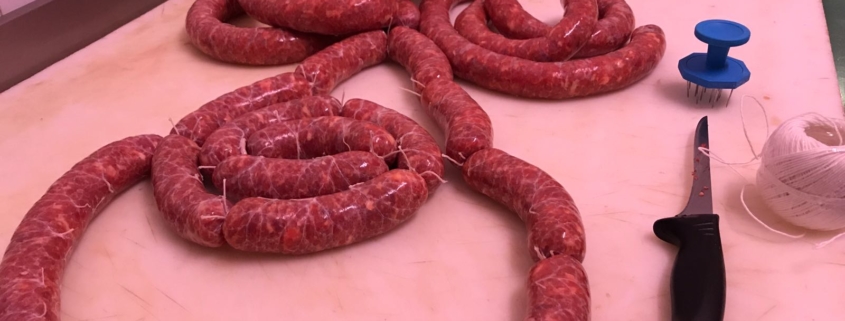A second dish that will never tire and will always be present in the tables of Italians: we are talking about the stew, a recipe that needs a series of tricks to be successful. Yes, because the preparation is all in all simple, but the result is often not what is expected. Why? In the first place because maybe you did not choose the right meats: in fact for a good stew the ideal are the smaller denominations. In particular, belly, priest’s hat, shoulder, breast point, pork and real cup: they have characteristics that go well with a slow and prolonged cooking, which is exactly what it takes for a tender and succulent stew.
So I recommend: no cuts too thin and fat (those listed above are the most indicated), no high temperatures in cooking and therefore no fast cooking: the stew requires first of all time, and as we said of course the right meat. But that’s not all: there is a little secret also in the preparation. This is the fried: this should not be cooked shortly before the meat or together, but also for it there is a need for a slow cooking apart. In fact, the vegetables should not be browned, but stewed and cooked over low heat, wet if necessary with water or broth so that they become soft (to make sure that the cream effect comes out).
Only when the meat and vegetables cooked separately will be ready, then they can be united. Everything must be cooked for about two hours. To make your stew even softer, it is good to add density to the sauce: just add a little flour (do not overdo it because you could ruin the dish). The flour can be used in two ways: either sprinkled on the stew before it is cooked, and eliminating the excess and which could be burned during browning, or add it when you mix meat and sauté (and this seems to be the best solution). In both cases it is essential not to overdo the doses and sift the flour well in order to avoid lumps.
You can also opt for a tomato sauce, and in this case you will not need anything but add a little more to make the dish even more creamy. It is good to abound, because the juicy part is what makes the stew even softer.
Summing up: to make sure that your stew remains soft and tasty you must first choose the right meat, cook over low heat for the right time (do not be in a hurry) and the juicy part must be generous in such a way that the meat absorb for good. The rest is also up to you and your imagination!




